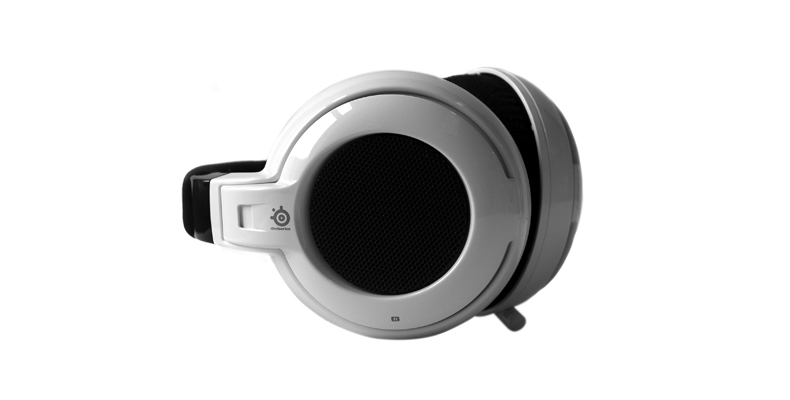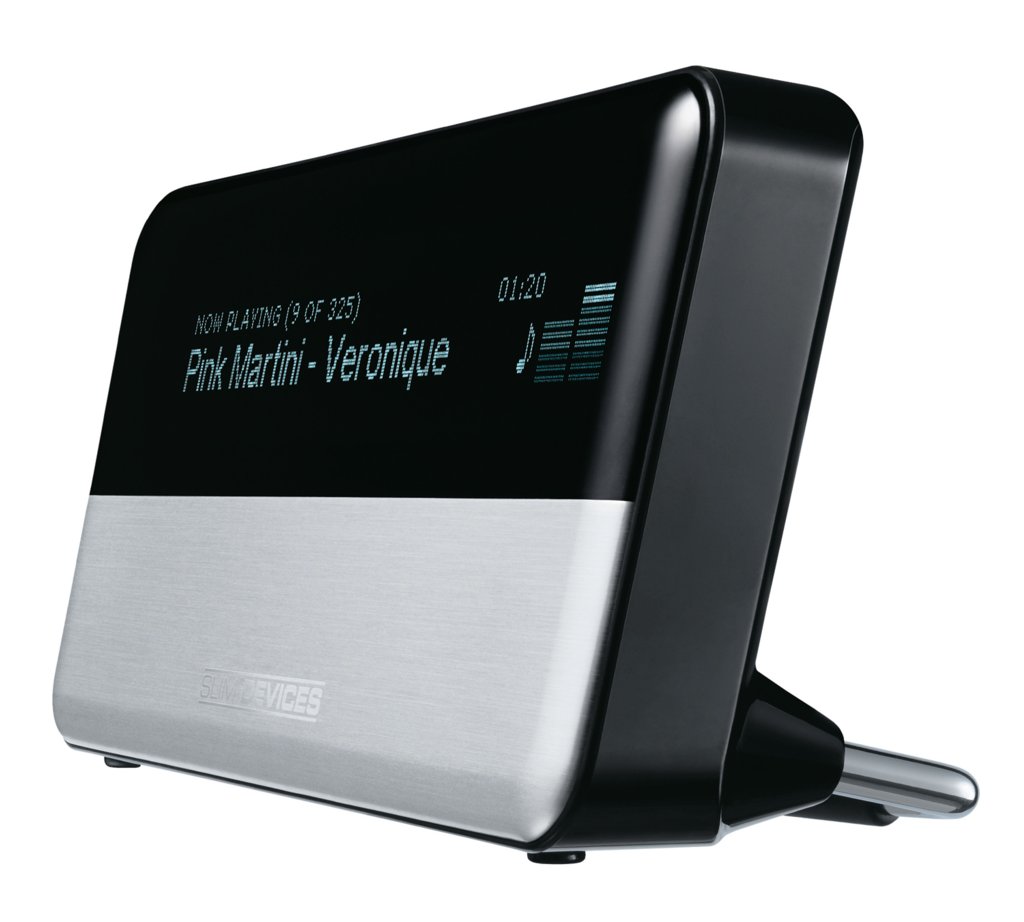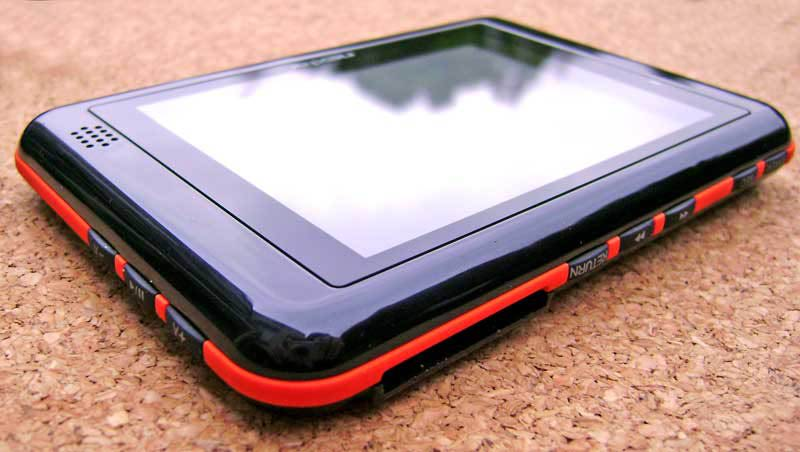
SteelSeries Siberia Neckband
Back in the late 1990’s and early portions of this decade all the cool kids had CD players and 64MB MP3 players in high school. One of the inventions of the time was the neckband headphone, with some of the first being released by Sony and quickly picked up on campus by the elite few who could afford them. They were a showcase that you knew how to look good, and keep a neat head of hair while rocking out to Third Eye Blind or Dave Matthews. Today the neckband headset has fallen by the wayside to pave the way for inexpensive and unimposing earbuds ushered in by the Apple-era of MP3 players. Still neckbands are being released, and in the gaming scene they make a comeback with the SteelSeries Siberia Neckband, albeit to some mixed results.
The feature set of the Siberia Neckband is just as rich as all the other entries in the niche manufactures collection. These assets include solid construction, detectable volume control, expanded use for home and gaming, as well as a great sound from the ear cups themselves and the retractable microphone. The previous Siberia model lacked the latter option, instead opting for more functionality as a MP3 accessory with a external mic.
The two biggest options with any headset is sound, and comfort, one of which the Siberia Neckband keeps up the proud tradition of the SteelSeries line, the other, seems a bit off from previous offerings. First the good, the Neckband sounds just as good as its big brothers with deep bass and crisp audio clarity in our standard bevy of tests including gaming (Audiosurf, World of WarCraft, and Portal) and music (both direct from a PC and using a Apple 5G iPod). You can never really complain about SteelSeries and audio quality, their audio processing capabilities of their entire line of headphones is second to none.
However the comfort of this device is the one area where it is lacking and this is a direct effect of the choice in neckband style over the traditional over the head band. While the Siberia Neckband isn’t big, bulky, or particularly heavy, the headset does tend to slip, quite a bit if you’ve been perspiring. As the headphones drift down, and the neckband itself tends to angle downward, the added pressure on the top of the ears can cause some discomfort after extended playtimes. While this can easily be altered by taking frequent breaks (as you should do anyway) sometimes Shattered Halls won’t run itself and you’ll need a marathon session.
The rest of the features are great including Xbox 360 support which just puts icing on the cake (cake which isn’t a lie of course). The 360 adapter plugs into the micro jack on the bottom of your controller, then the included extension cable can be used to plug the output sound (the ear cups) directly into your receiver while allowing your mic output to pass through the console and onto the game you are playing over Live. The retractable mic also makes it easy to stow the unit when not being used, or easily pull it out for the latest Call of Duty 4 match when your buddy comes online. This is easily one of the shinning points for the unit.
As far as construction goes, it’s up to SteelSeries aforementioned solid quality. The headphones don’t feel hollow, the neckband itself stretches to fit just about anyone’s size head, and the spring mechanism distributes the same amount of force no matter the size of your noggin, big or small. The elegant white color matches with both iPods and your Xbox 360, so if color coordination is your thing, consider yourself set.
If you’re able to get past the shortcomings in the comfort of the headset you’ll find that the Siberia Neckband proudly carries on the tradition set down by SteelSeries of producing a great array of units specifically tailored to the gamer. Maybe with some modifications a v2 could eliminate the slipping problem and craft the second coming of the neckband where users are free to once again rock out, without messing up that wonderful head of hair.




